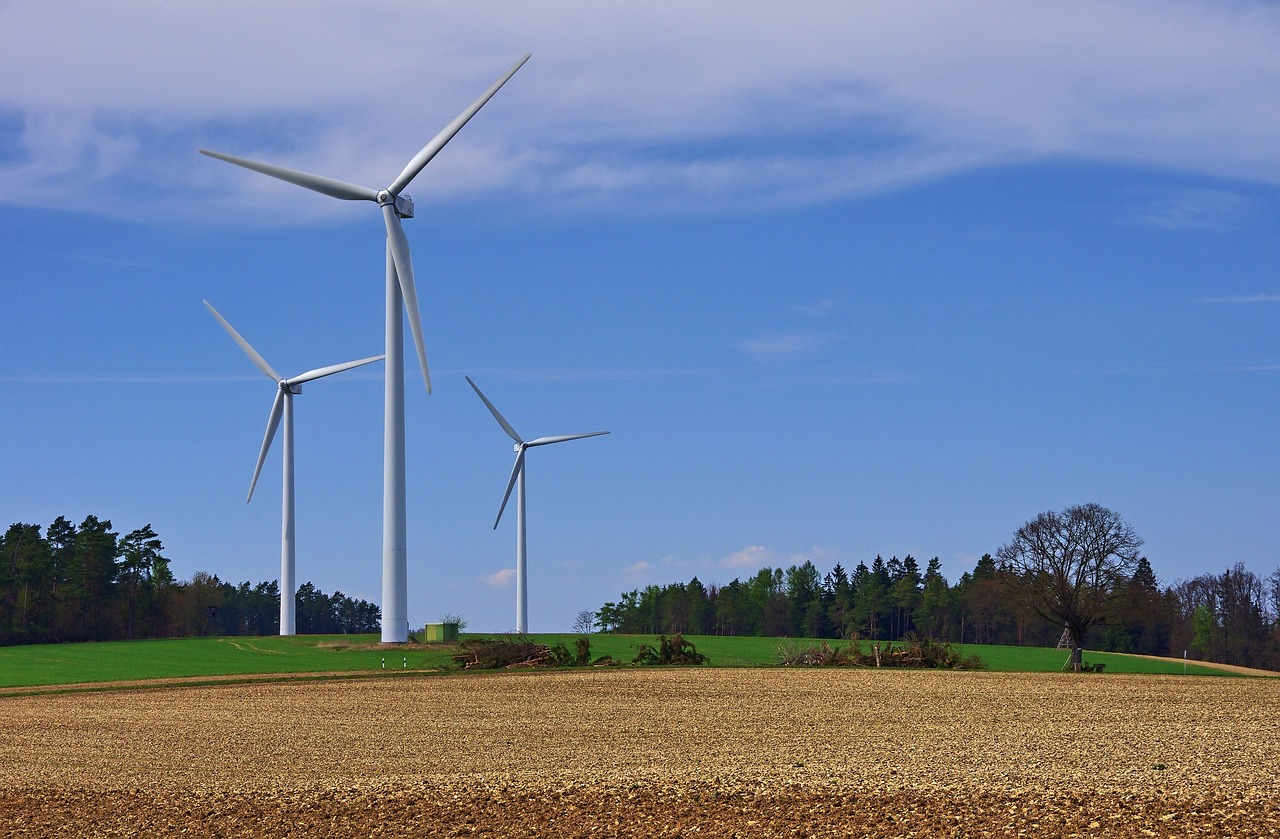The subject of compensatory planting hit the headlines when it emerged some 16 million trees had been felled to make way for wind farms in Scotland.
The Scottish Government came in for criticism over how the policy worked in action.
However, there is a trade-off to be had between the public’s attachment to long-standing woodland cover in traditional areas and the requirement for updated facilities and renewable energy-generating assets that will aid our transition to a net-zero economy.
When permanently removing woodland to make way for infrastructure, developers are obliged under strict planning conditions to plant an equal area of trees in either a single or multiple suitable locations, so the net loss of overall woodland cover is negligible. This is called compensatory planting as the new area of trees compensates for the trees lost as a result of the development. The suitable area search has recently been extended Scotland-wide and not just locally, allowing greater flexibility to find a site that is wholly suitable.
Technology has also played a part as, instead of clearing an entire forest for a new wind farm, turbines can often now be ‘keyholed’ into the woodland due to their larger size and clearance from the tree canopy, creating an open area around the tower and reducing the need for compensatory planting. However, there still needs to be a suitable clearance between the trees and the turbines to maximise the efficiency of electricity production and for bat foraging areas and other requirements.
Designing new telecom sites for the Shared Rural Network is challenging with sites often being in remote locations where obtaining a mains power connection isn’t cost effective. Alternative power sources are required and these can include solar panels. When considering the development of a solar array the telecom operator will want to keep a large semi-circular area cleared of all vegetation, including trees, to allow the solar panels full access to sunlight from the east, south and west, maximising their efficiency. If trees need to be removed this also can trigger a compensatory planting requirement.
The question of how we determine the suitability of an alternative site for woodland planting is an interesting and complex topic. Tree planting for a compensatory planting obligation won’t be eligible for grant aid and premium payments are offered to secure these planting sites.
Galbraith is at the forefront in negotiating for landowners who have been approached by developers looking for compensatory planting sites.
If you have been approached, please feel free to contact one of our specialists to discuss your options.
- Read the latest news and views from our experts in Energy Matters Summer edition 2024

